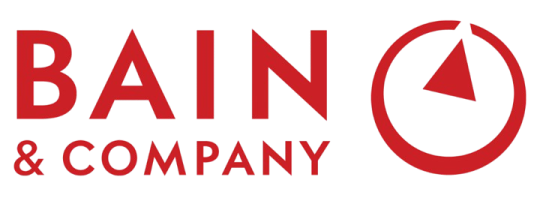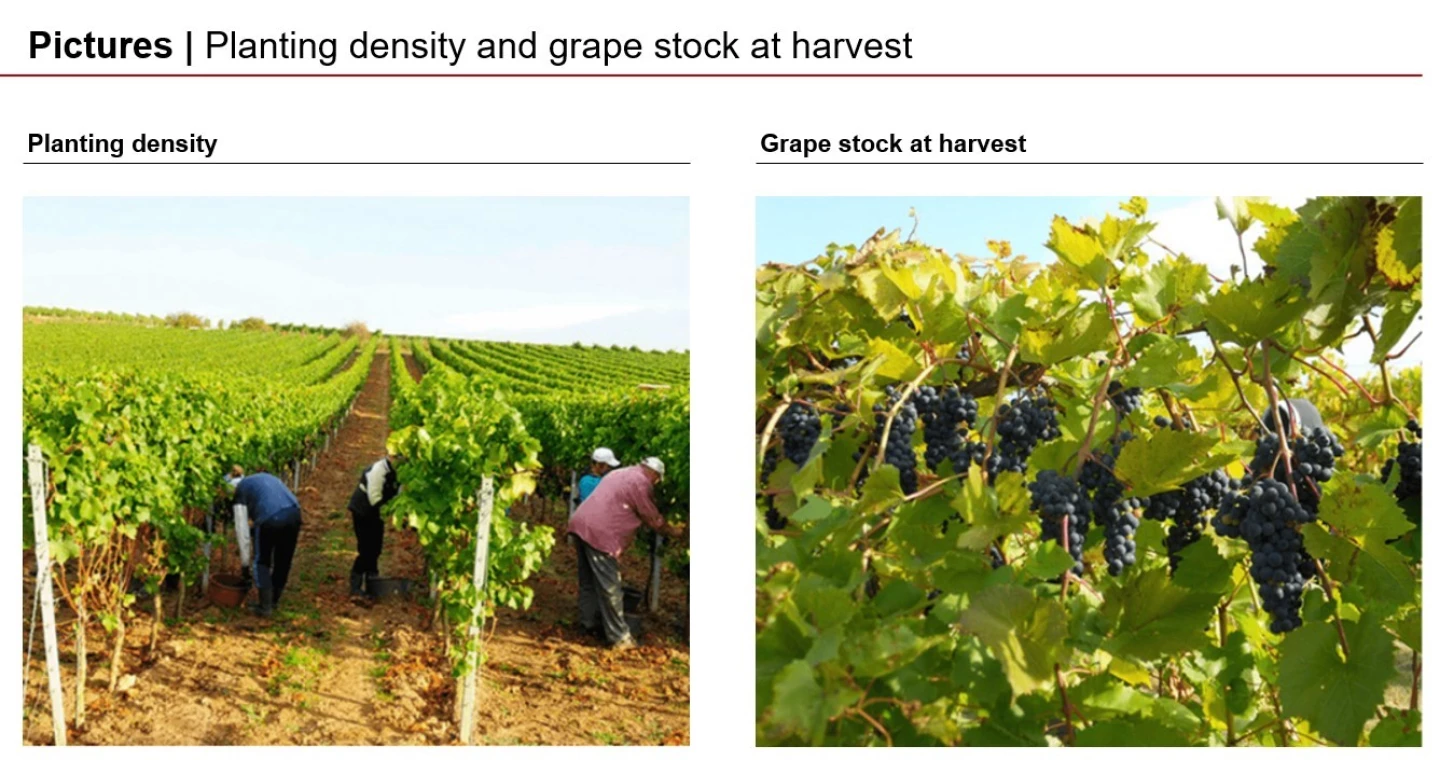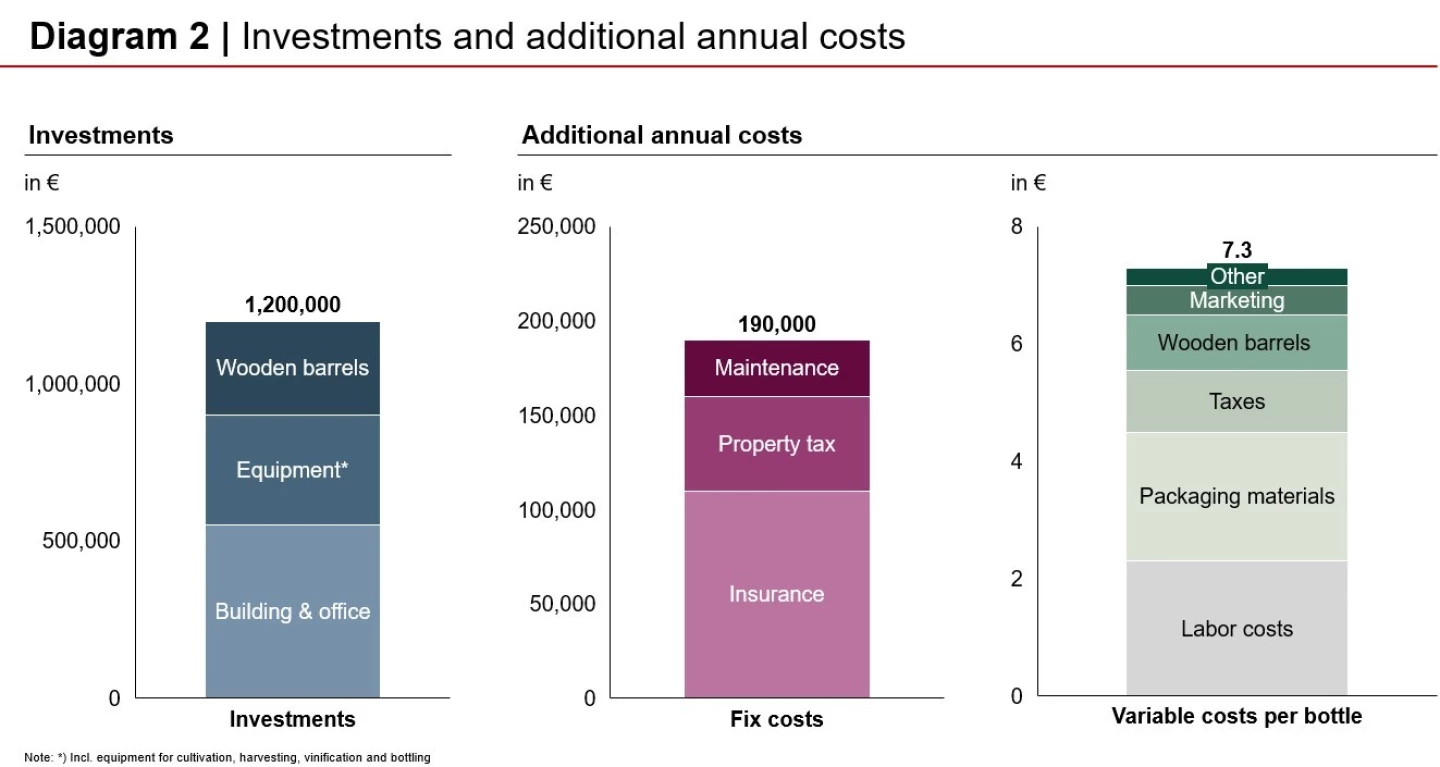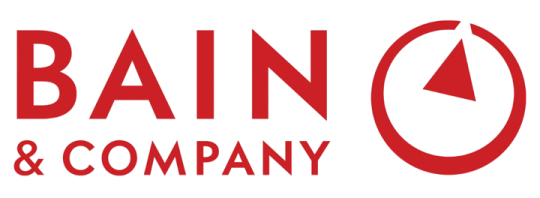You have inherited the “Old Winery” from your grandfather, a winery that has been family-owned for five generations and can be dated back to the 16th century.
Half of the eleven hectares are used to grow white grapes, the other half to grow red grapes. They are grown in a conventional way, i.e. they are not organically farmed and certified. The vine stocks are in a good condition regarding age and care. Overall, the only ¼ of the harvest is made into wine by the winery itself; the rest is sold.
Your grandfather never wanted to change the image of the winery and left the managerial and administrative task to a young and energetic wine-maker. Due to the not so well-known brand, the demand for the “Old Winery” wine is currently rather low.
You do not intent to run the winery operatively, given your limited knowledge of winemaking, but find the idea of owning a winery exciting.





